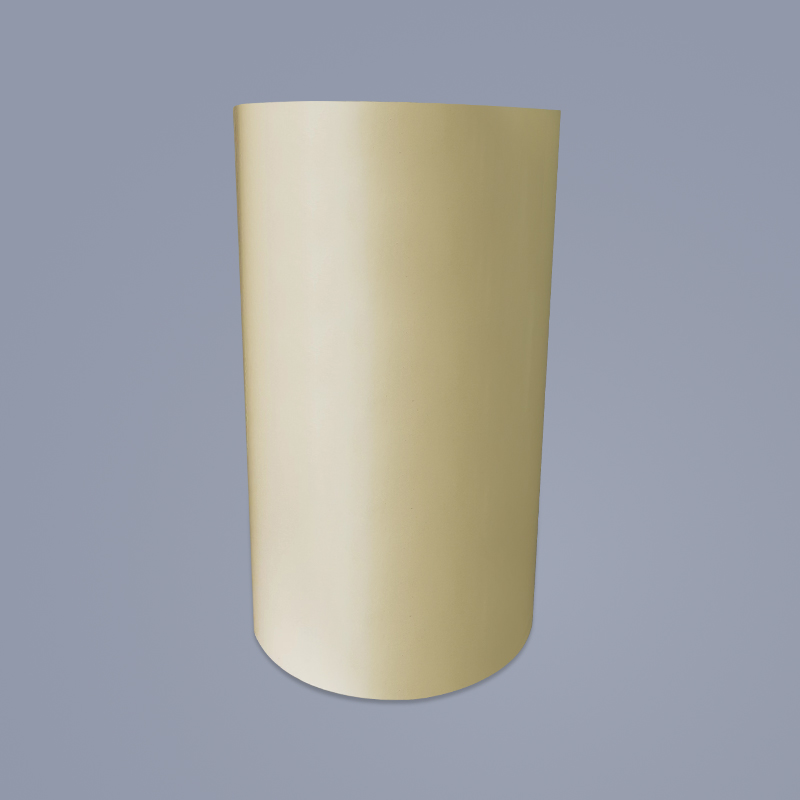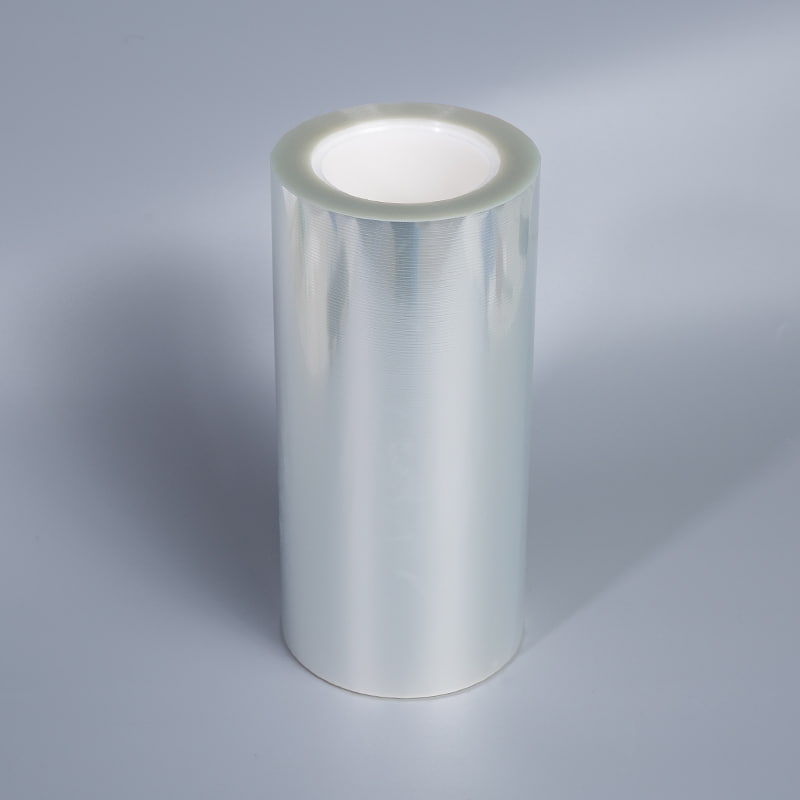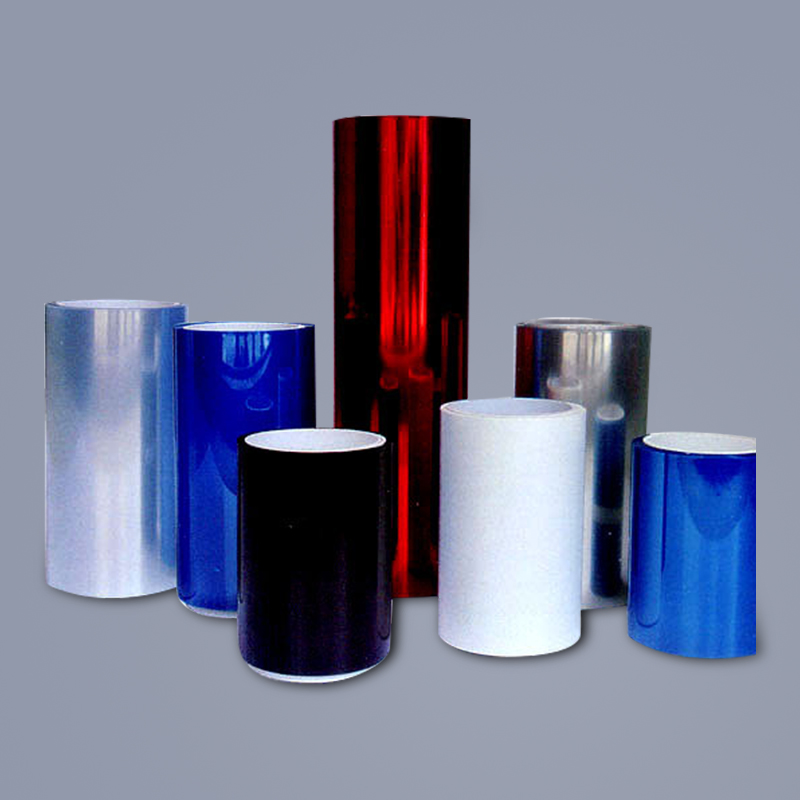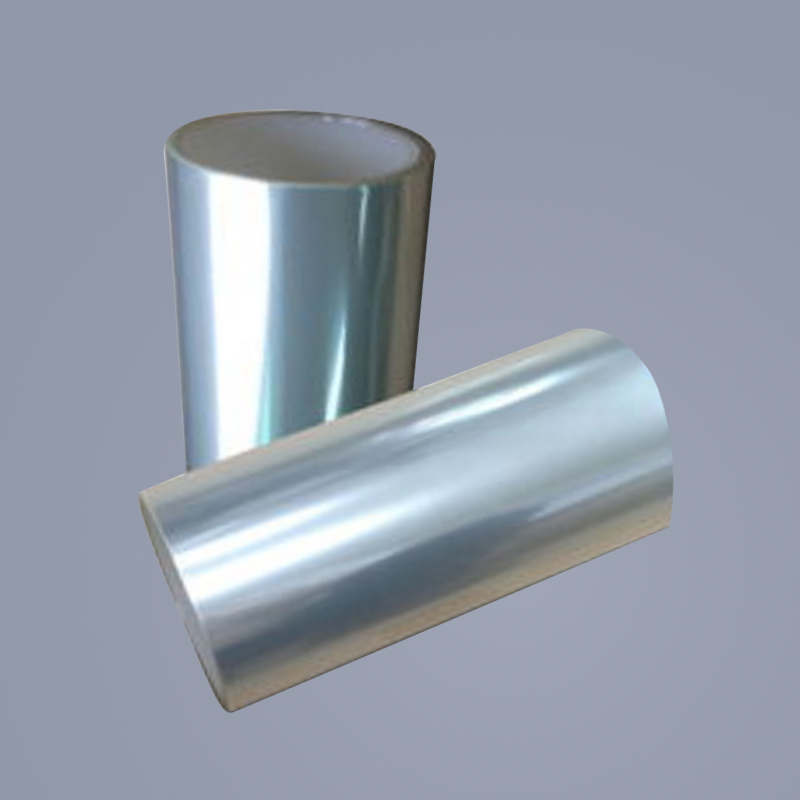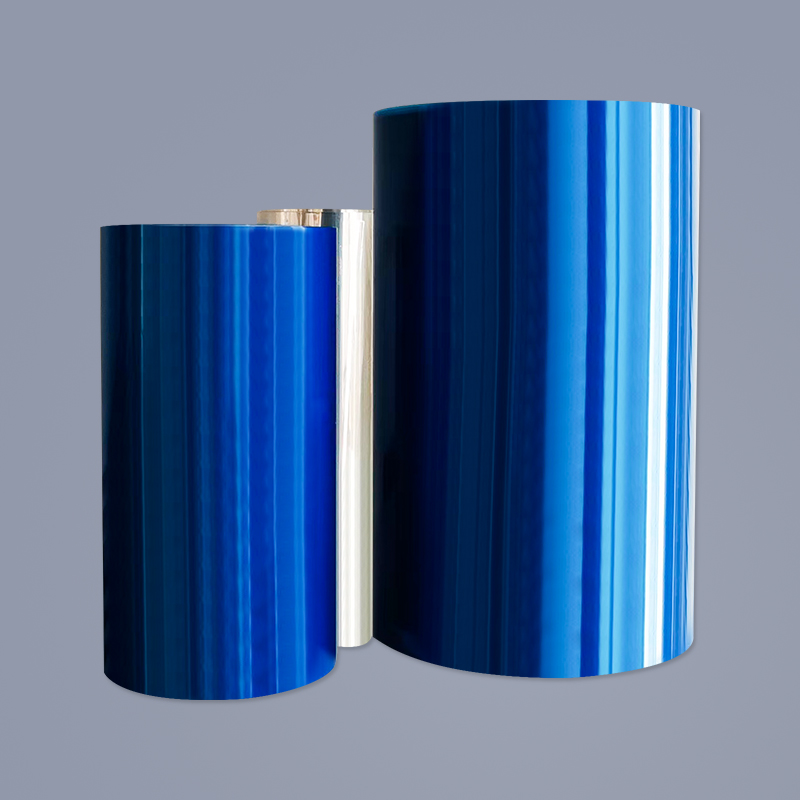- 1 1. Introduction
- 2 2. What is a Release Paper Roll and Why It Matters
- 3 3. Key Types and Materials of Release Paper Rolls
- 4 4. Application‑Driven Selection: Matching to Use Cases
- 4.1 4.1 Custom size release paper roll for adhesive products
- 4.2 4.2 Silicone coated release paper roll for printing applications
- 4.3 4.3 PET film release paper roll for flexible circuit manufacturing
- 4.4 4.4 High temperature release paper roll for electronics lamination
- 4.5 4.5 Biodegradable release paper roll for label and tape industry
- 5 5. Quality Considerations & Comparison Table
- 6 6. Why Partnering with a Specialist Manufacturer Matters – Company Intro
- 7 7. Best Practice Tips for Storage, Handling and Application of Release Paper Rolls
- 8 8. Conclusion
- 9 9. FAQ
Choosing the correct release paper roll is critical for many industrial processes — whether you are dealing with labels, tapes, electronics lamination or adhesive product manufacturing. In this guide, we will walk you through everything from material types and applications to quality checkpoints and handling tips. As a manufacturer (Anhui Hengbo New Material Co., Ltd.), we specialise in PET polyester film, PET release film and protective film for a variety of demanding end‑uses.
1. Introduction
In an increasingly specialised manufacturing world, the backing material (a release liner or release sheet) behind adhesive surfaces plays a major role in performance, yield and downstream efficiency. A well‑chosen release paper roll keeps adhesives fresh, ensures clean peel, and minimises defects.
2. What is a Release Paper Roll and Why It Matters
A release paper roll (also called a release liner roll) is a continuous roll of paper (or film) coated with a release agent (often silicone) on one or both sides, designed to prevent an adhesive surface from sticking prematurely.
- It protects the adhesive while in storage or during transport.
- It ensures controlled release when the adhesive is applied.
- It impacts downstream processing (die‑cutting, printing, laminating).
3. Key Types and Materials of Release Paper Rolls
3.1 Paper‑based vs Film‑based
When selecting a release paper roll, the substrate matters: traditional glassine paper, coated kraft, or plastic film (PET, PP) each have pros and cons.
| Substrate type | Advantages | Considerations |
| Glassine/Calendered paper | Cost‑effective, good printability | Less moisture/tear resistance |
| Coated kraft / poly‑coated paper | Better strength, moisture barrier | Higher cost, heavier weight |
| Film (e.g. PET, PP) | High strength, excellent dimensional stability | More expensive, eco‑challenge |
3.2 Silicone‑coated vs Non‑silicone coatings
A major decision is whether you choose a silicone release coating or alternative low‑surface‑energy coating. Silicone remains dominant in many applications.
- Silicone‑coated: Excellent release consistency, wide compatibility.
- Non‑silicone or fluorinated coatings: used when silicone is undesirable (e.g., some electronics, medical).
4. Application‑Driven Selection: Matching to Use Cases
4.1 Custom size release paper roll for adhesive products
For adhesive‑product manufacturing (foam tapes, double‑sided tapes, die‑cut parts), the backing size and roll length matter. Custom sizing ensures minimal waste and optimal line throughput.
4.2 Silicone coated release paper roll for printing applications
In printing, silk screen printing, pad printing, name‑plates or flexible circuits, a controlled release from a silicone‑coated roll enhances process stability and reduces waste.
4.3 PET film release paper roll for flexible circuit manufacturing
Where high dimensional stability and flatness are required (e.g., flexible circuit boards, membrane switches), a film substrate (PET) release roll is preferred over paper.
4.4 High temperature release paper roll for electronics lamination
For electronics lamination, laser anti‑counterfeiting films or sealing materials, the release roll must withstand higher temperatures and perhaps aggressive adhesives.
4.5 Biodegradable release paper roll for label and tape industry
With sustainability trending, some label/tape manufacturers are seeking biodegradable or recyclable release backing solutions. This is where eco‑friendly release paper rolls become relevant.
5. Quality Considerations & Comparison Table
5.1 Key specs to check
- Basis weight / gsm or lb (for paper) or microns (for film)
- Release force (ease of peel)
- Width and roll length / diameter
- Storage life / shelf‑life
- Coating uniformity, surface finish
5.2 Comparative table of different grades/types
| Grade/Type | Ideal Application | Key Spec Highlights |
| Standard glassine release roll | General adhesive tapes, labels | 40‑80 gsm, one‑side silicone, width up to 1000 mm |
| Film‑backed PET release roll | Flexible circuits, electronics | 12‑50 µm PET, both‑side coating, high flatness |
| High‑temp release roll | Lamination, sealing films, electronics | Heat‑resistance >120 °C, low transfer release coating |
| Eco/biodegradable release roll | Labels, tapes with sustainability focus | Virgin pulp or recycled paper, biodegradable coating, certificated |
6. Why Partnering with a Specialist Manufacturer Matters – Company Intro
At Anhui Hengbo New Material Co., Ltd. (est. 2017), we focus on PET polyester film, PET release film and protective film. Our products are widely used across printing, silk‑screen, pad printing, nameplates, membrane switches, flexible circuits, insulating products, circuit boards, laser anti‑counterfeiting, lamination, electronics, sealing materials, reflective materials, waterproof materials, medicine (plaster paper), toilet paper, adhesive products, die‑cutting and punching processing. We have achieved safety production standardisation acceptance and ISO 9001 certification. We always tailor customised solutions to meet unique market and customer needs, respond to enquiries patiently and promptly with professional quotations, and serve on a people‑oriented, integrity‑first principle.
Working with a specialist supplier means:
- Access to custom widths, coatings, substrates.
- Support in selecting the right release force and conversion compatibility.
- Quality assurance via certified production processes.
- Faster quotation turnaround and responsive service.
7. Best Practice Tips for Storage, Handling and Application of Release Paper Rolls
- Store rolls in a clean, dry environment (ideally 18‑25 °C, < 50% RH) to preserve coating performance.
- Avoid exposure to UV, direct sunlight or moisture — coatings may degrade or adhesive tack may be compromised.
- When unwinding, ensure proper tension control and avoid edge damage or wrinkles.
- Perform test runs on new rolls — check peel behaviour, die‑cut performance and upstream compatibility.
- For lamination or high‐temperature use, allow acclimatisation of the roll to process temperature beforehand.
8. Conclusion
Selecting the right release paper roll is more than just choosing a roll of paper — it involves understanding substrate material, coating type, width/length requirements, application environment and service partner capability. By aligning your specific usage (whether you need a custom size release paper roll for adhesive products, a silicone coated release paper roll for printing applications, a PET film release paper roll for flexible circuit manufacturing, a high temperature release paper roll for electronics lamination, or a biodegradable release paper roll for label and tape industry) with the right supplier and quality specs, you position your process for reliability and efficiency.
If you are exploring release backing solutions, our team at Anhui Hengbo New Material Co., Ltd. stands ready to provide tailored guidance and professional quotation.

9. FAQ
Q1: What is the difference between a paper‐based release roll and film‐based release roll?
A1: Paper‑based rolls are generally more cost‑effective and suitable for standard tape/label applications. Film‑based rolls (such as PET) have superior dimensional stability, strength and moisture/tear resistance, making them ideal for flexible circuits or demanding lamination processes.
Q2: How do I determine the correct release force for my application?
A2: Release force depends on the adhesive you are pairing, storage conditions, and the method of application (die‑cut, laminating, etc.). Work with your supplier to test peel strength under your actual process conditions and specify that value when ordering.
Q3: Can I use a standard release roll for high‑temperature lamination?
A3: Not always. Standard paper‑backed rolls may degrade or allow adhesive migration at elevated temperatures. For electronics or lamination uses, you should opt for a high‑temperature rated roll with appropriate substrate and coating.
Q4: What considerations should I have for eco/biodegradable release rolls?
A4: Sustainability releases require compatibility with recycling or composting schemes. Check the substrate, coating chemistry, and whether the roll meets relevant certifications. Also ensure performance (release force, production compatibility) meets your needs.
Q5: Why is it beneficial to work with a manufacturer experienced in PET release film and customised solutions?
A5: Because matching coating, substrate, width/length, and downstream conversion requirements is nuanced. A specialised supplier will provide custom sizes, back‑up support, tailored specs and faster quoting — leading to less waste and smoother production.


